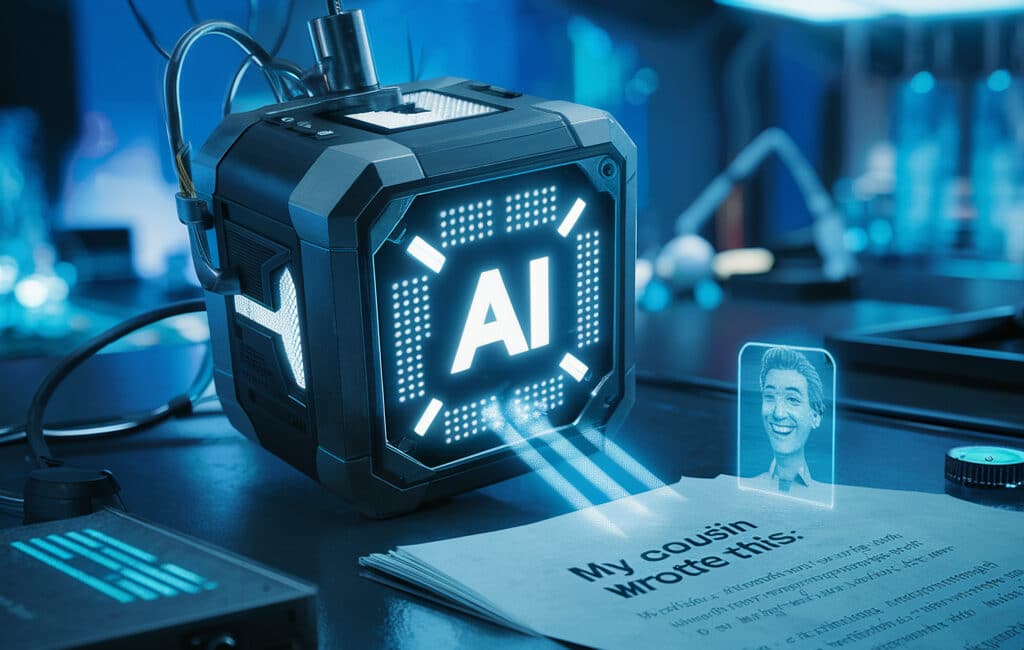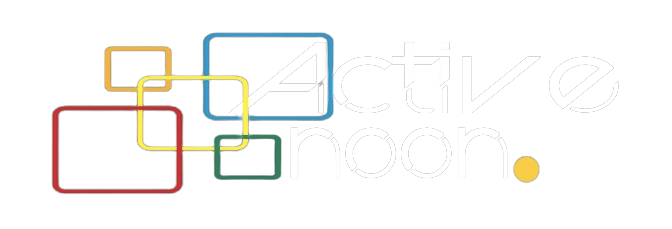Now information moves at lightning speed, so the question arises of what’s real. Identifying realness has become more complicated than ever. The growth of artificial intelligence has given rise to many tools that can create realistic images, videos, and creative things. These things, at some point, can be very interesting. But you never know how your data can be misused. This is a guide for all the things that are important for you to know when it comes to deepfakes.
Do You Know About Deepfakes?
Deepfakes are a type of media created using artificial intelligence techniques to convincingly mimic real people’s faces, voices, or actions. This technology basically makes the fake content, but it seems to be real, and is becoming a challenge to digital truth. Many advanced algorithms and AI detectors are now being developed in order to understand the difference between real and fake.
Working Of Deepfakes
Deepfakes operate on an advanced mechanism of generating realistic but fake digital images with the use of artificial intelligence and machine learning. The implementation is based on the Generative Adversarial Networks (GANs) in which two types of AI models, the generator and the discriminator, are in competition with each other. The discriminator attempts to recognize whether it is a real or a fake image or video, and the generator creates fake ones.
With time, these two models get better, leading to very believable images, videos, and voices. Through the training of huge face datasets of actual human faces, gestures, and speech structures, deepfake systems can effortlessly duplicate the identity of a person in a video or audio file and make it sound or look like they said or did something they never said or did in real life.
How Are Deepfakes Made?
These points will tell you the process of how they are created. This includes three core components:
- Data collection: Multiple images and videos are collected from different sources.
- Training with neural networks: The deepfake model learns facial features, expressions, and voice patterns using machine learning.
- Synthesis: The AI then maps the target’s face or voice onto another person in real-time or pre-recorded footage.
Impact Of Deepfakes

Deepfakes can cause you damage by spreading misinformation and being involved in various sorts of scams. According to the reports, these scams have increased more nowadays. Some of the areas of concern are:
- Political manipulation
- Corporate fraud
- Financial scam
- Personal harm
- Cultural and social distrust
Fighting Back With Technology
These deepfakes come from the field of AI, and their solution can only be developed using the same. Many AI tools can help you fight against this technology. Detectors use multiple approaches to identify.
Some of them are:
- Image and Video Forensics: These detectors examine irregularities in light, shadows, as well as pixel distortion to a great extent, which the human eye is not able to detect. Alteration can be denoted even by minute differences between frame sequences.
- Audio Analysis: Voice deepfakes have the nuances of modulation and background differences. Sound detectors, which are powered by AI, would assess the authenticity of a suspected clip by comparing it with known voice samples of the person.
- Metadata Examination: Each digital file has hidden data, including the date, type of device, and software. This metadata can be read by an AI detector, which will then verify whether a file has been compromised.
- Biometric and Behavioral Analysis: Human beings possess small facial expressions and special speaking patterns. Artificial systems can hardly reproduce these. An AI detector identifies abnormal or suspicious activities through the use of biometric indicators.
Some of the Leading AI Detector Technologies
There are many emerging advanced detection frameworks and research projects:
| AI Detector Technology | Key Features |
| Microsoft Video Authenticator | Uses confidence scoring to detect altered content. |
| Deeptrace | Focuses on high-scale detection and monitoring for online platforms. |
| Reality Defender | Provides real-time detection across multiple content types. |
AI Detectors Use

These tools are no longer limited to only the experts. With increasing technology, the use of tools has also increased in different areas accordingly.
- Journalist use tools to fact-check their news.
- Content creators use to ensure ethical integrity.
- Banks and corporations use it for verification to avoid massive financial fraud.
- Educators and students use it for their study material.
Pros and Cons of AI Detector Technologies
| Pros | Cons |
| Helps identify manipulated videos, images, and audio effectively. | It may produce false positives or negatives in detection results. |
| Restores public trust in digital media authenticity. | Requires high computational power and advanced technical resources. |
| Supports cybersecurity and fraud prevention efforts. | Struggles to keep up with rapidly evolving deepfake generation methods. |
Future Of AI
Maybe in the coming years, there will be a battle between the creators and detectors. But by that time, AI will have enhanced its features further. It will likely evolve with these enhancements:
- Able to detect live streaming.
- Develop global networks; data can be detected from any part of the world.
- Cameras and editing tools will automatically tag verified visuals.
Conclusion
One of the most significant, but dangerous results of artificial intelligence is deepfakes. Although the emergence of artificial intelligence drives innovation, there are challenges with the reality. Technology has always been responsive in protecting itself. At the moment, AI detectors have become digital protectors who ensure that the difference between authentic and fake remains intact.
Combining hi-tech machine learning, blockchain authentication, and worldwide awareness campaigns, society can take deepfakes as an example of accountable AI regulation. The end is not only to find what is true but also to maintain trust, which is the main cornerstone of any digital community.
Related: Learn About the Growing Scope of Educational Technology
Related: AI Agents: Driving Business Growth in 2025

















Active Noon Media is the largest local to national digital media website that represents the voice of the entire nation.